The Cutlass RS is a masterpiece crafted for unrivaled performance and playability. It boasts a top - notch roasted figured maple neck with 22 stainless - steel frets and a choice of rosewood or roasted maple fingerboard. The bridge pickup, a custom - wound Music Man ceramic humbucker, pairs perfectly with the vintage - voiced single - coil pickups, offering a great crunch and bite. With its lightweight alder body, vintage - spec pickups, and ultra - smooth tremolo system, the Cutlass RS shines with excellent performance and high - end craftsmanship. It delivers a wide range of tones, from modern rock to golden - era vintage - inspired sounds. Specifications include a select hardwood body with high - gloss polyester finish, rosewood fretboard with an 11' (27.9 cm) radius, 34' (86.4 cm) scale length, 24 high - profile wide stainless - steel frets, white dot inlays, Ernie Ball Music Man® designed neodymium humbucker at the bridge, a vintage Music Man® top - loaded chrome - plated steel bridge plate with vintage nickel - plated steel saddles, a 3 - ply black/white/black pickguard, 45w - 65w - 80w - 100w strings (Super Slinky Bass #2834), custom Music Man lightweight tuning machines with tapered string posts and ergonomic clover design, and chrome hardware finish.
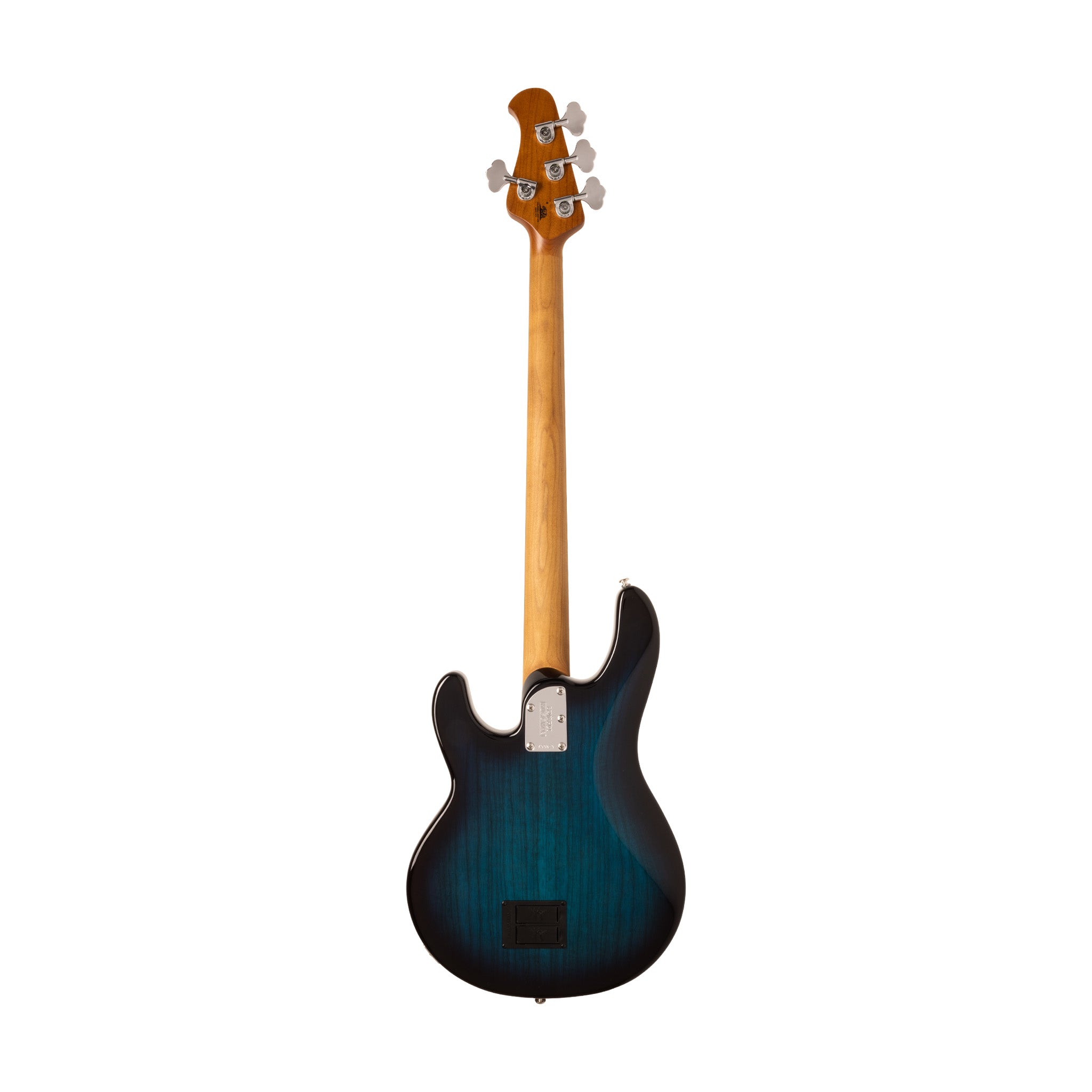
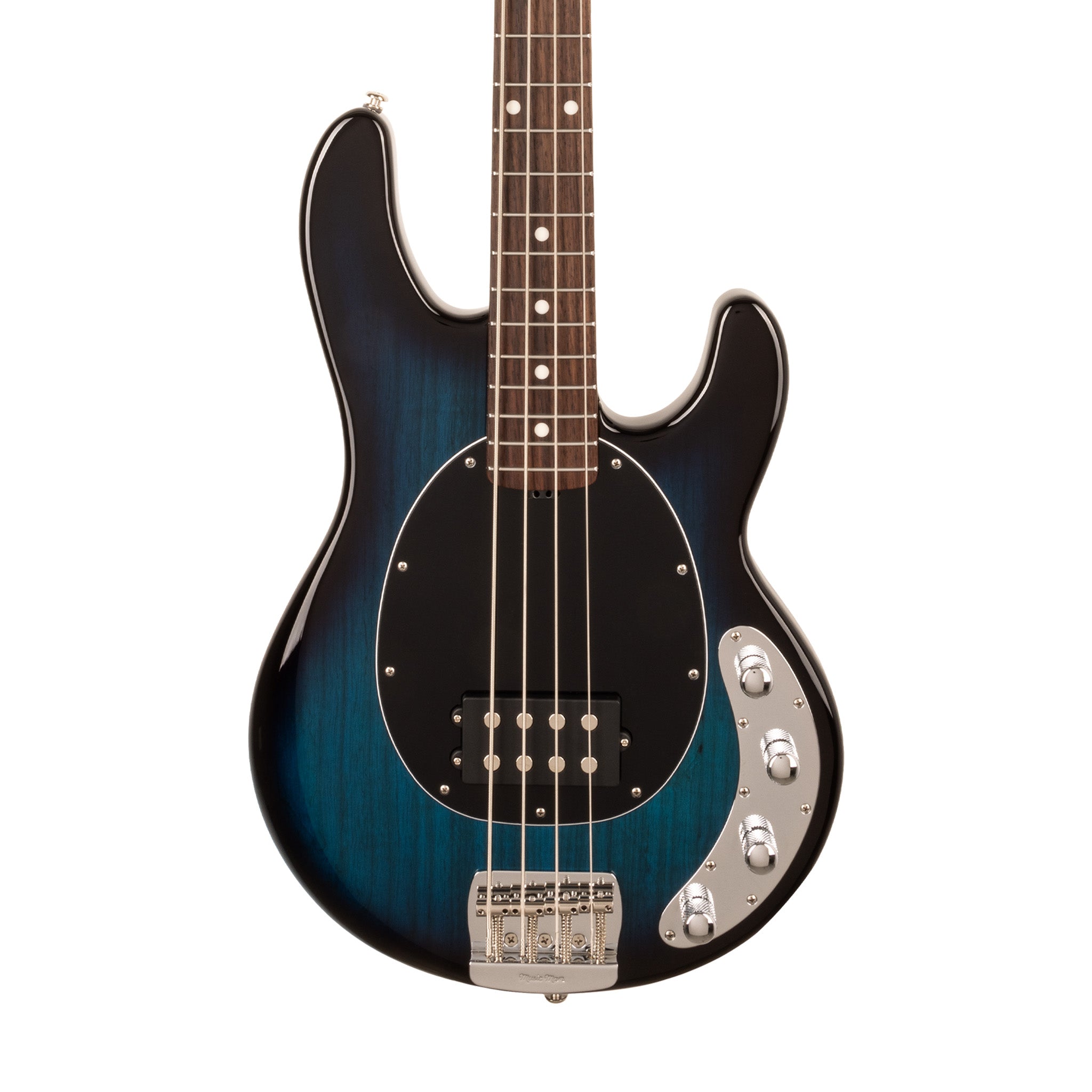
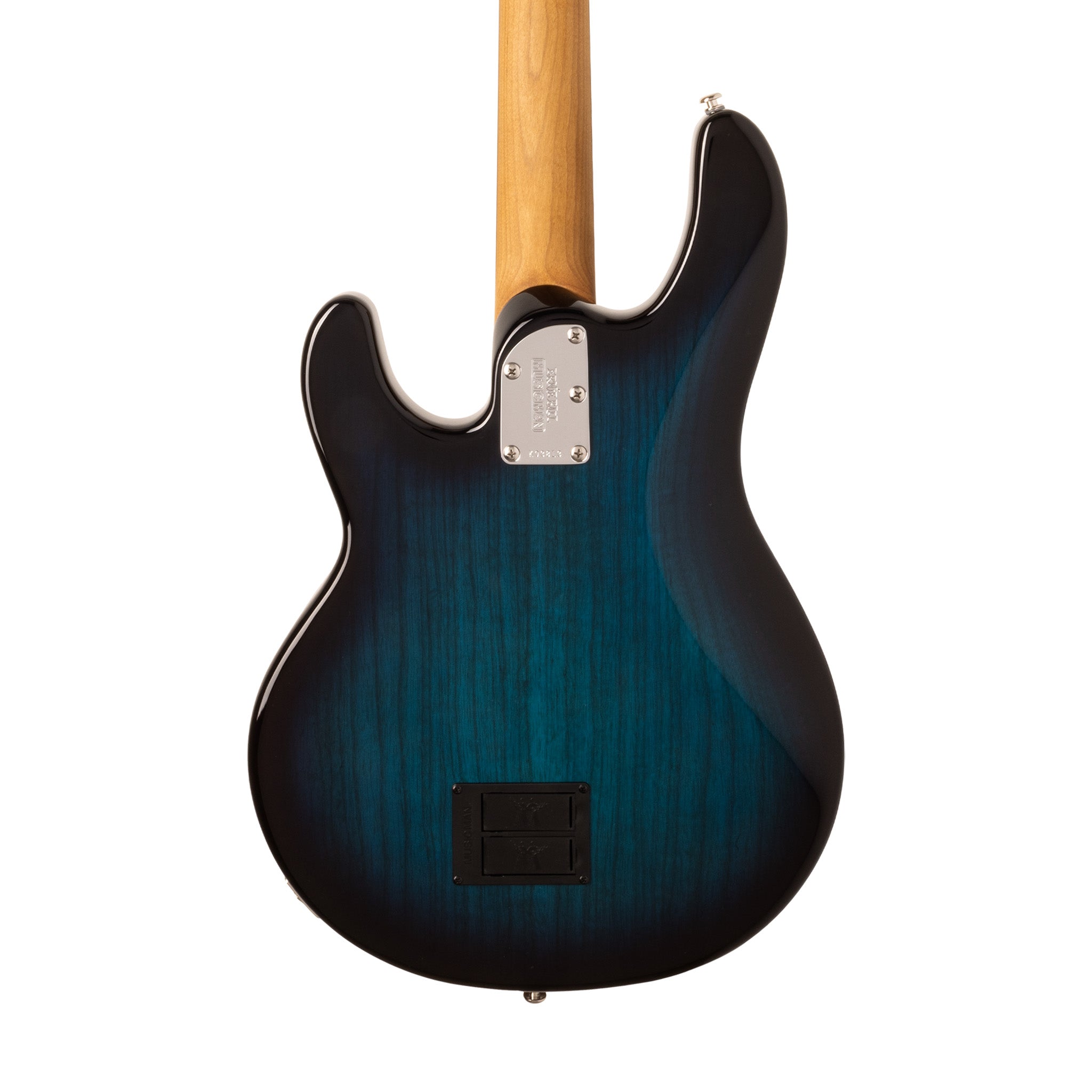
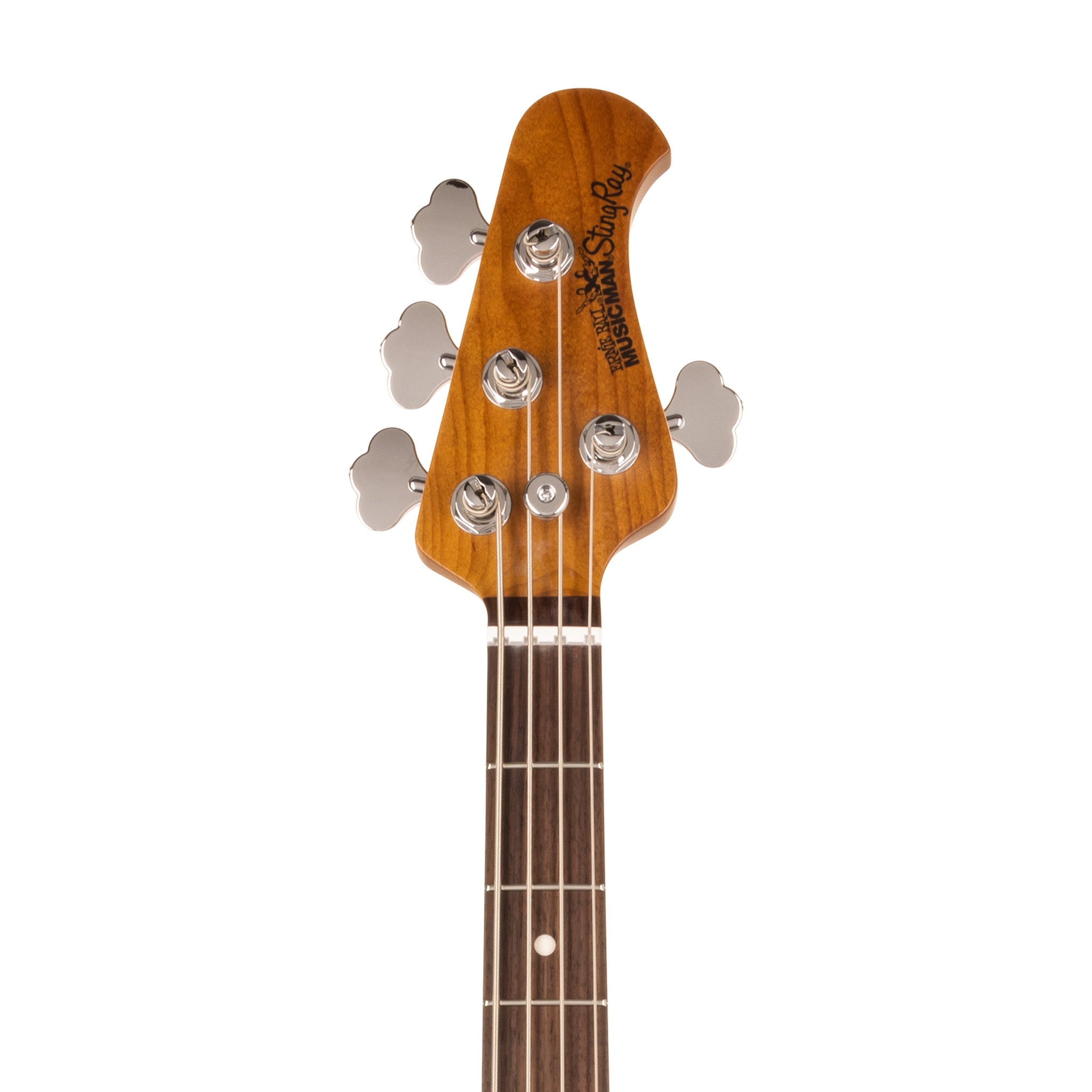
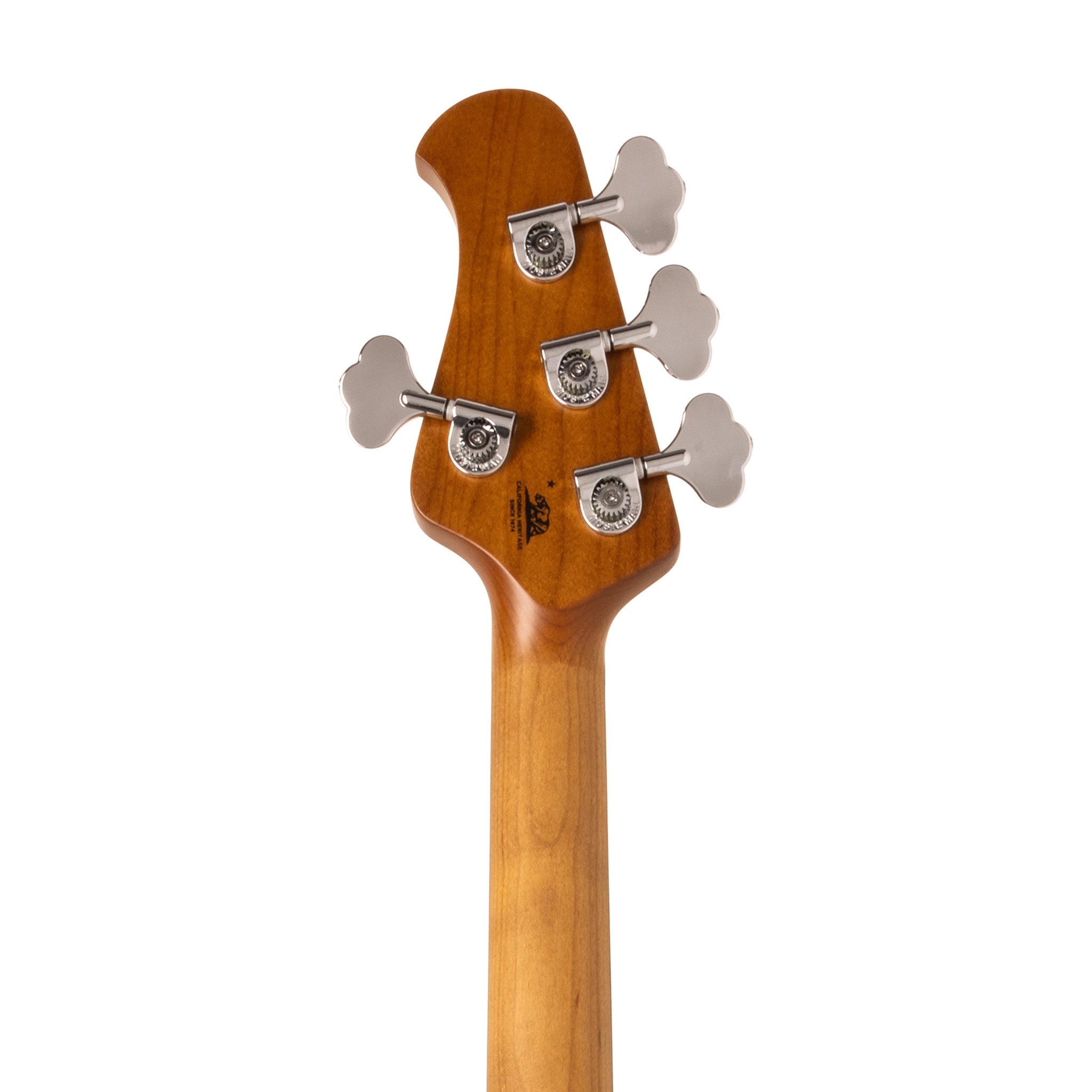
Using the Cutlass RS bass guitar is a breeze. When you start playing, adjust the pickups to get the tone you like. For a warm, vintage sound, use the single - coil pickups. If you want more power and crunch, switch to the bridge humbucker. When it comes to tuning, use the custom Music Man tuning machines. They're lightweight and easy to handle. As for the tremolo system, use it gently to add some vibrato to your playing. Now, for the care part. Keep your bass clean by wiping it down with a soft cloth after each use. This helps prevent dirt and sweat from building up on the body and fretboard. Avoid exposing it to extreme temperatures and humidity, as this can damage the wood and the electronics. If you're not going to play it for a while, loosen the strings a bit to relieve the tension on the neck. Also, check the frets regularly for any signs of wear and tear. If you notice any issues, it's best to take it to a professional guitar technician.









